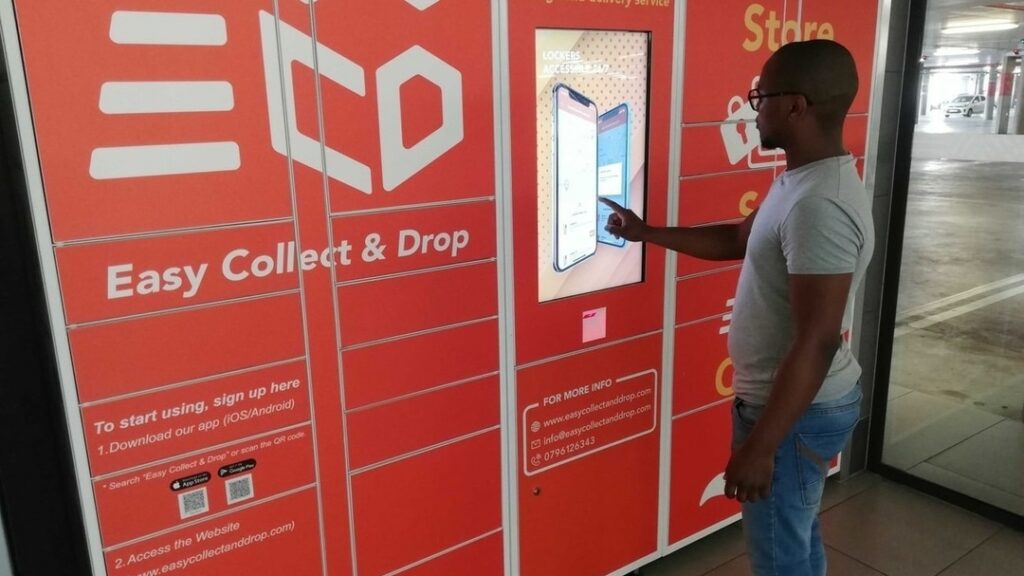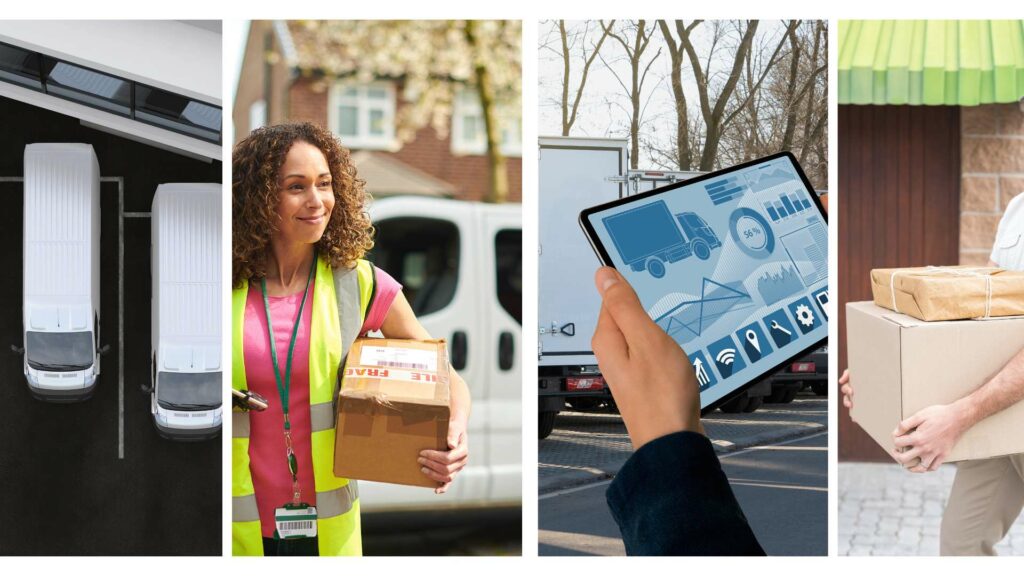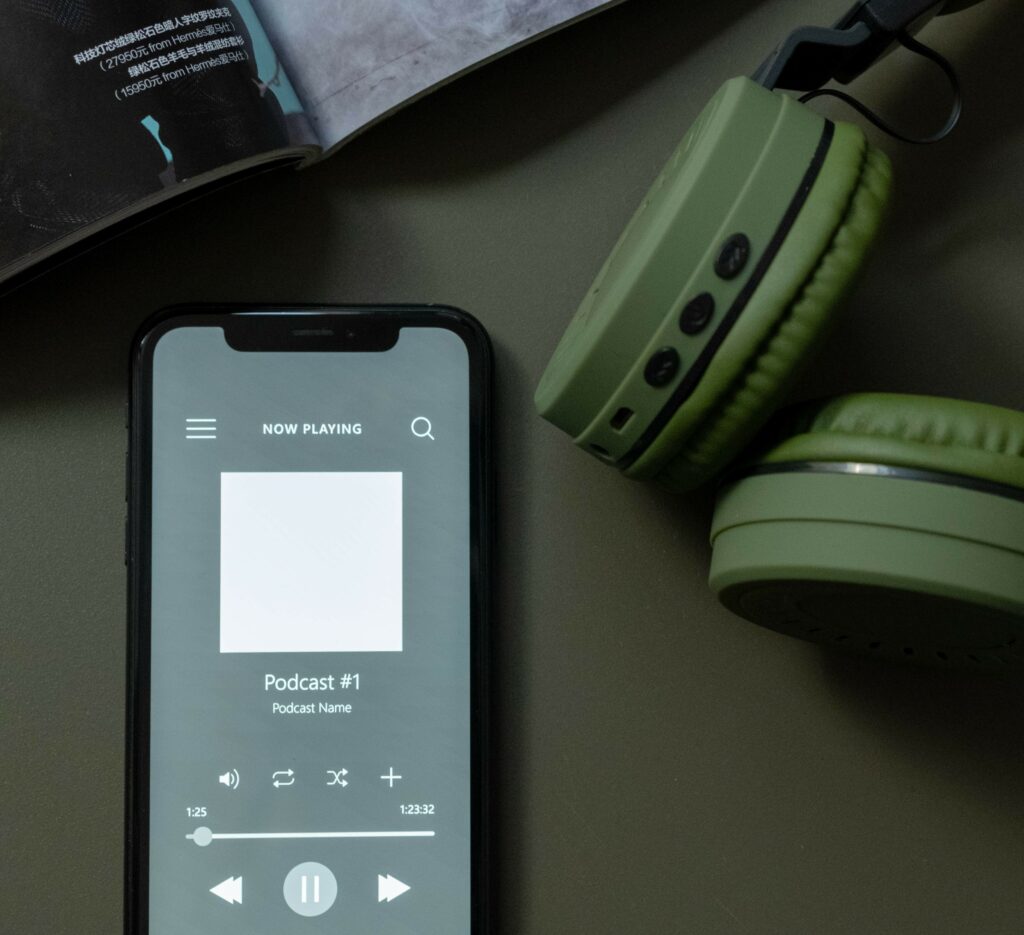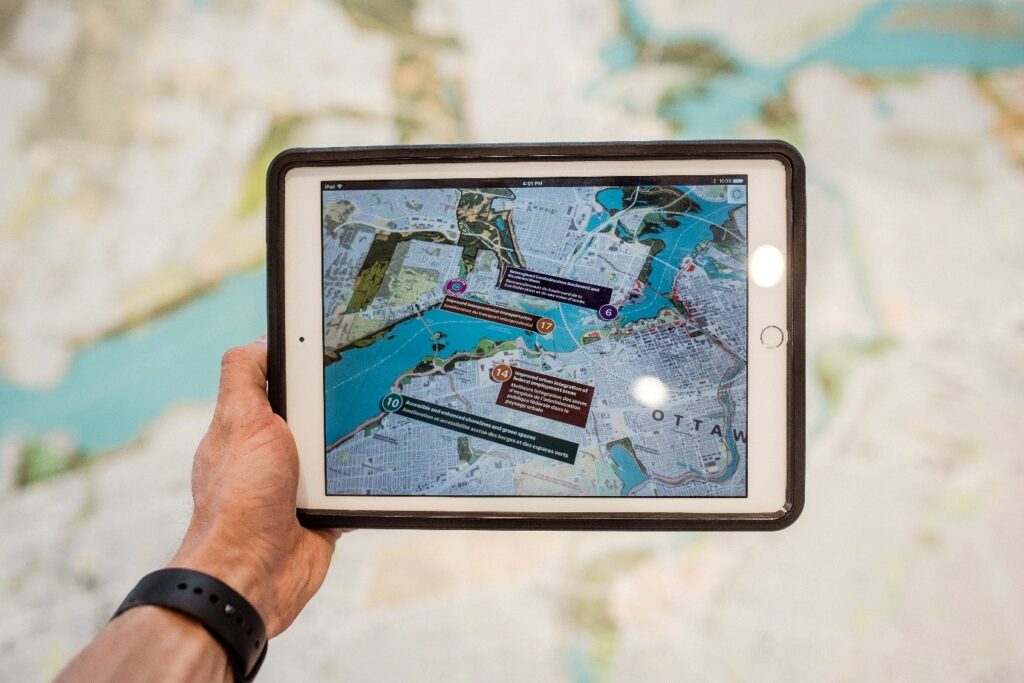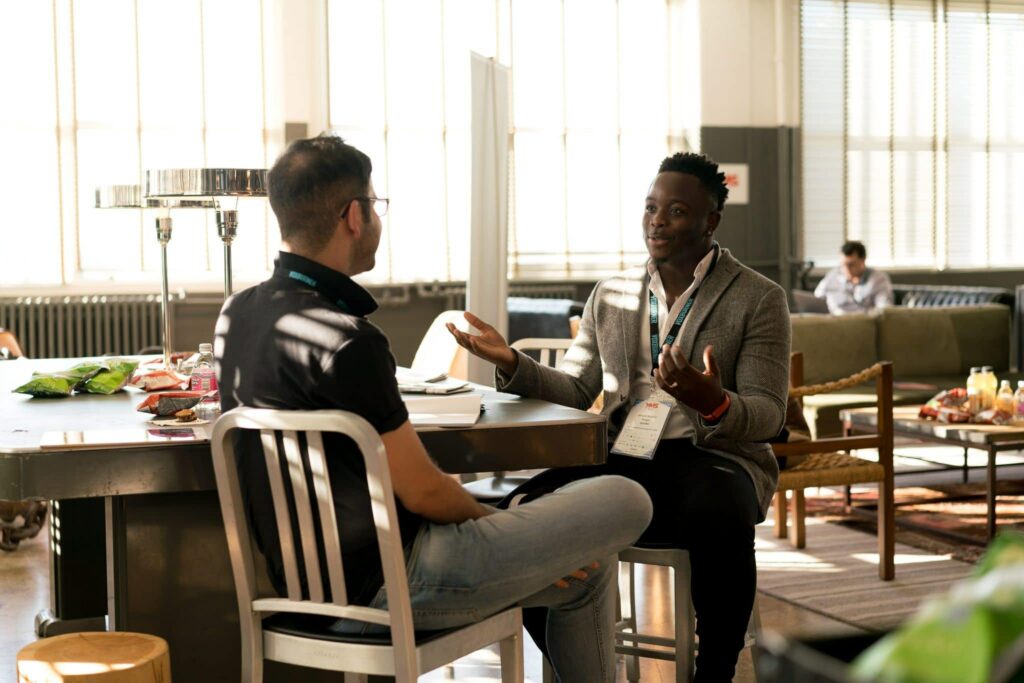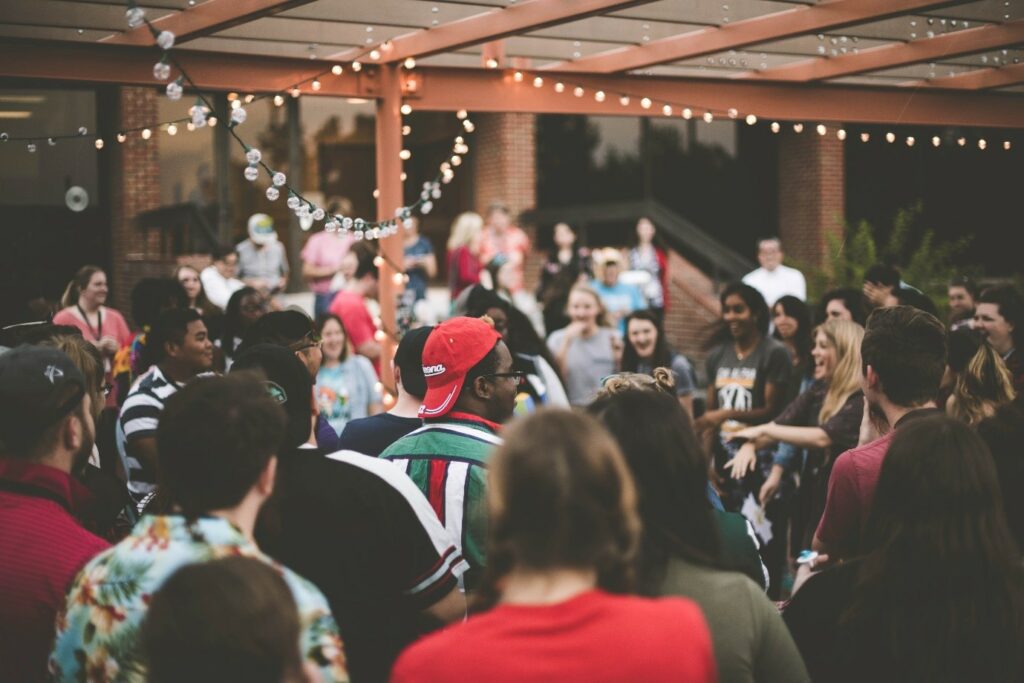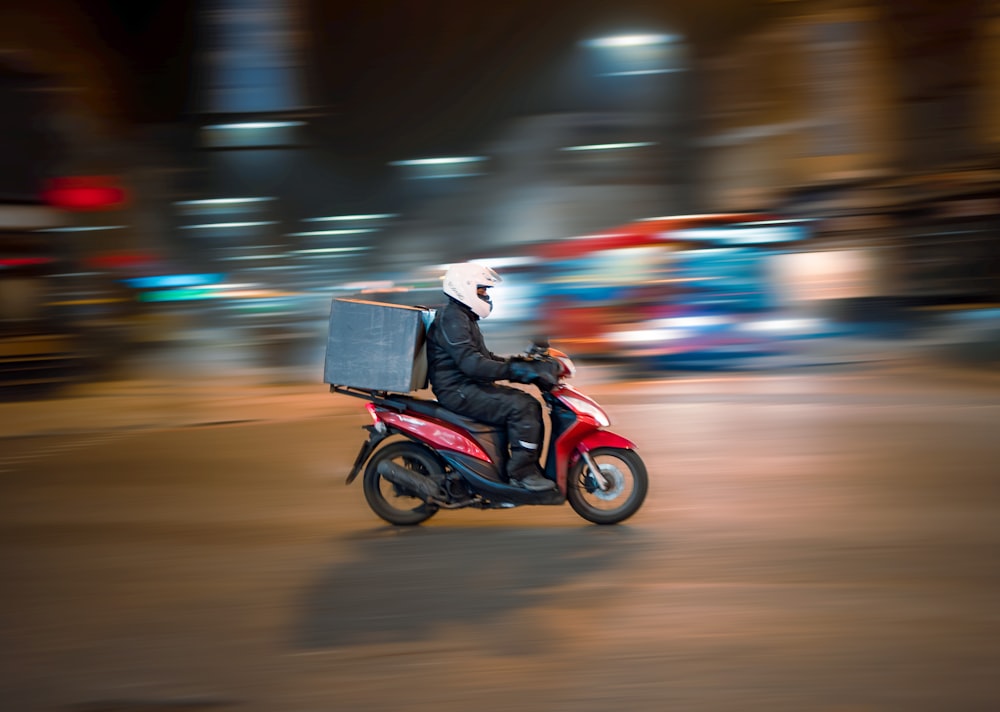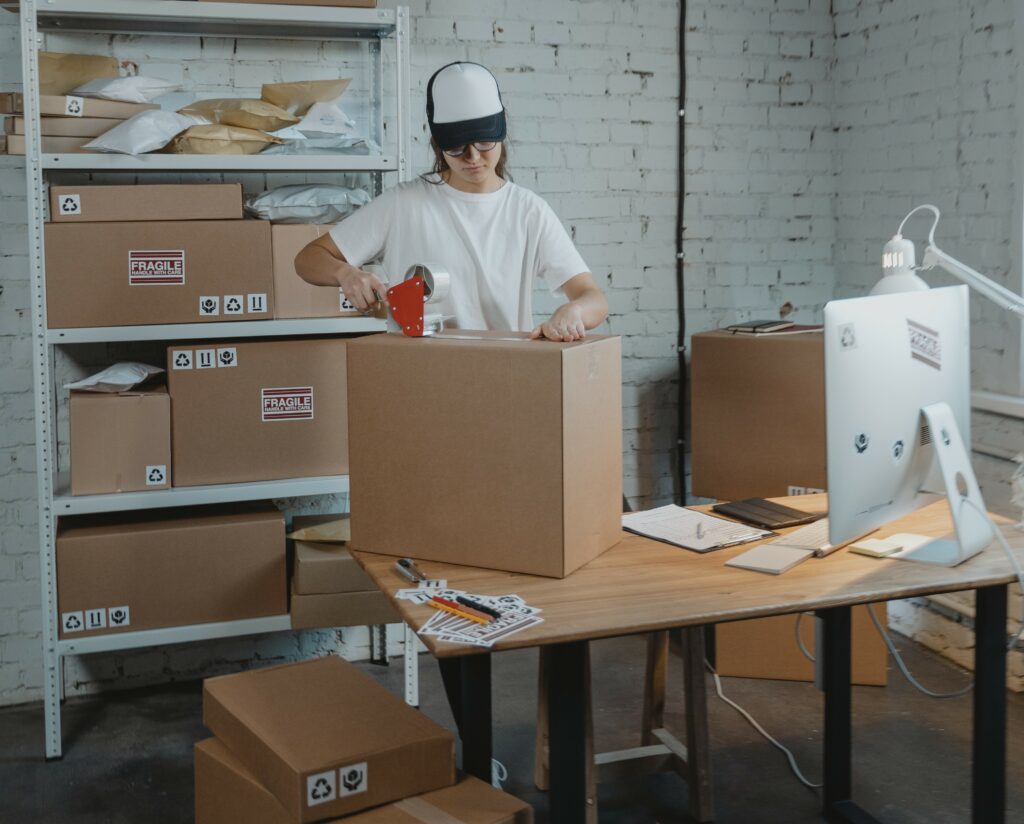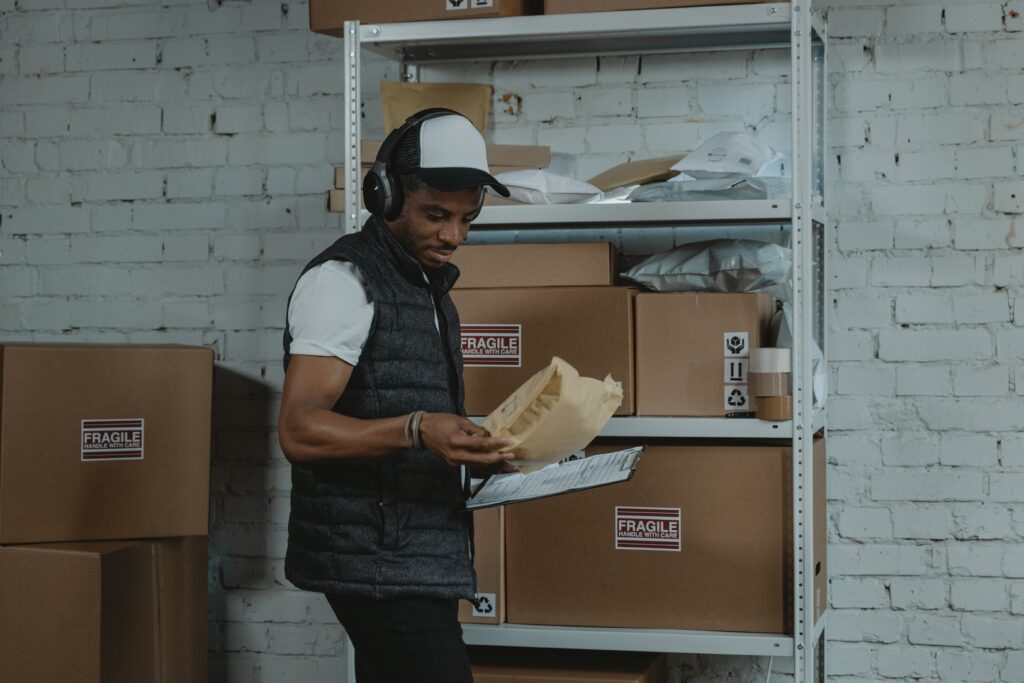Conquering the last-mile battle with smart locker delivery
We might all be clicking away, here, there and everywhere to purchase anything and everything from groceries, furniture, clothes to beauty products. After all, retail stores have made it easy for us to buy almost anything online and wait for it in the comfort of our own homes. This shopping alternative, which might have been considered a luxury in the recent past, is now very much a necessity during COVID-19. However, after that click comes the true test: waiting for your parcel to arrive, and scheduling of the delivery for a time when you’re at home.
How long will you wait? Will your parcel arrive on time and will you be there to receive it?
We might be aware and in awe of Amazon’s potential drone delivery technology, Prime Air, that will allow packages to safely get delivered to customers in 30 minutes or less using unmanned aerial vehicles, a.k.a. drones. Amazon’s next day – or even same day delivery – is currently sustaining the company as an e-commerce behemoth with over 100 million subscribers. If you need that blender delivered today to perfect your purée or you absolutely need the sequel book to the epic fantasy saga and can’t wait another minute, Amazon can usually make it happen.
However, in Africa, especially South Africa, last mile delivery – the process of parcel delivery from transportation hub to its final destination – is not that simple, and not that direct. That last mile can actually stretch several miles and stretch your budget too.
The e-commerce industry in South Africa has only been expanding in the last few years due to a growing middle class, a greater willingness to shop online and, recently, the global pandemic. However, the big impediments to this booming industry are the last mile delivery challenges. Where the estimated international cost to last-mile delivery for most manufacturers is 28% of product cost, in Africa this increases significantly to 35-55%, because of the unique challenges facing last-mile delivery in the continent.
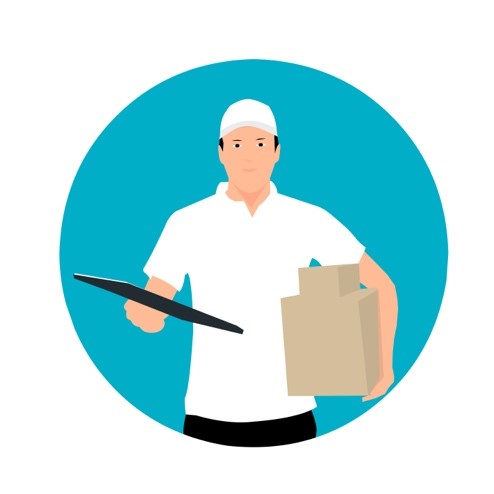
[Photo by Mohamed Hassan on pxhere]
Why is this delivery fulfilment cost so high?
These are the factors that “trip up” businesses in their last-mile order fulfilment:
- A missed delivery? Time to reschedule: All of the below last-mile issues can build up to this last delivery challenge of having to re-schedule and repeat a delivery. If the navigation guide is making your driver go around in circles and he/she can’t find your street or your home can’t be reached by the delivery van and they have to walk to get to you, it’s possible that you’ll have to book another time for your delivery to be fulfilled, or your order may be cancelled altogether. This is an additional cost that we all want to avoid.
- Addresses? You are probably getting it wrong: Has Waze or Google Maps ever had you driving past your own home? Us too! Many Africans don’t have typical or traditional street addresses or their places of residence don’t have names or signs. This makes it notably difficult for companies when trying to get your parcel to you at the right place and the right time.
- They can track your parcel, just not always: “You parcel will arrive in 2 days. Your parcel is at the warehouse near you. Your parcel be with you in 1 week.” Ever got the feeling that online stores don’t know where your stuff is? Sometimes, it’s not just a feeling. Online retailers often are not able to track your parcel and share its location with you. This is brought on by a lack of the necessary internet technology infrastructure and a poor supply chain visibility on their part.
- Slow and steady, we’re growing, we’re ready: Currently 35,7% of South Africa is rural, meaning that locations that aren’t linked to any major road network can be isolated from delivery routes, making delivery to certain areas more difficult. However, it’s estimated that by 2030 almost 50% of the continent will be urbanised, resulting in further pressure on Africa’s already overwhelmed city infrastructure. Maybe the drones will reach us? Come now, Prime Air!
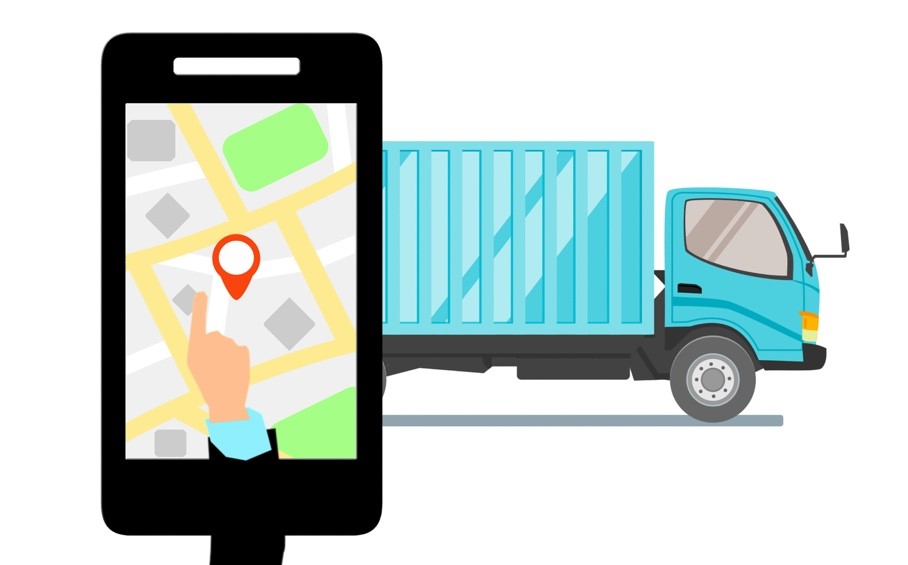
[Photo by Mohamed Hassan on pxhere]
How to overcome the delivery challenges?
A notable way to optimally win the last-mile delivery battle is to cater to customer expectations that demand faster and cheaper delivery with a controlled experience. This can be done through continuous delivery that offers customers real-time tracking of their packages and the ability to add parcel collections while reducing delivery cost.
- Optimised delivery leverages real-time data by optimising and re-optimising delivery routes throughout the day to react promptly to changes in delivery throughout the network. This can help anticipate delivery schedules more efficiently and reduce the challenge of repeat deliveries. This means that the fear of having your delivery cancelled (and you really need that crisp shirt for your interview tomorrow) because you can’t be home to receive it, can be significantly reduced as drivers’ delivery routes are adapting to changes made by customers.
- Alternative delivery methods: Alternate delivery options may help resolve the last mile delivery issues that technology might not be able to address. The issues of weak infrastructure and slow urbanisation can be answered with different delivery choices such as smart lockers. Smart lockers are safe compartments that allow you to receive a parcel from a business or send a parcel to someone. Online delivery orders can be fulfilled through smart lockers as a delivery method selected at checkout. These lockers also allow you to store valuables and other items for a set period of time. Want to know how others are using this game-changer for parcel delivery?
Currently, Clemson University in the USA is using smart lockers as an alternative way for their students to receive packages. When a student’s package arrives at a campus mail centre, it gets scanned then delivered to the bank of smart lockers closest to the student’s campus residence. The student receives an email and a one-time pin to open the locker and can retrieve their parcel free of contact. Compared to South African students, who are currently returning to their residences to complete final exams or practicals, this may help them when needing to send or deliver packages safely and affordably. - Clear location sharing: as a customer, you want to know where your parcel is at any given time so you can adapt the delivery to your constantly changing life conditions and plans. With smart lockers, the business or individual sending you your parcel will always share the locker’s location with you and you’ll instantly have that information via the app or email. So say goodbye to wondering how you’ll restructure your day and say hello to a “ping” and drive away to being a happy parcel collector.
- Reducing re-delivery fees: While some online stores are gracious enough to allow you to return items you bought for free, others aren’t (understandably, because it adds to their delivery costs). Well, you probably know that returning a package will hurt your wallet too. In South Africa, Pargo has parcel pick-up points all over the country, however, due to lockdown restrictions some locations were closed. This meant that if customer were not able to collect their parcels by a Thursday, it would return back to the supplier.
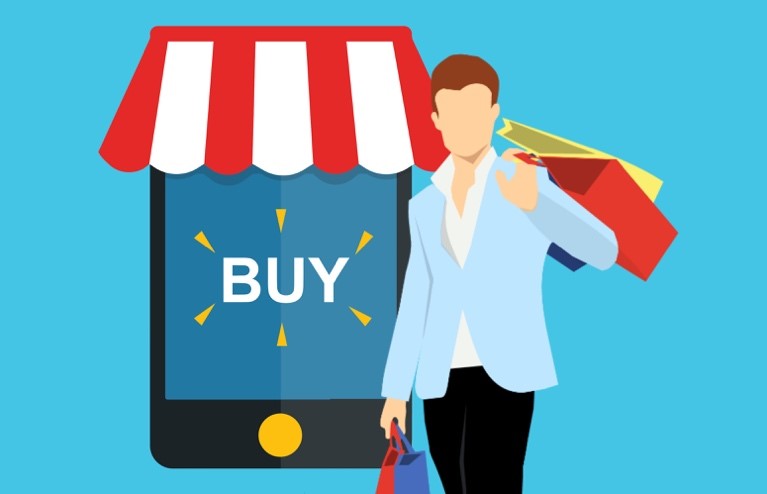
[Photo by Mohamed Hassan on pxhere]
Where can smart lockers in South Africa be accessed?
In South Africa, a new ECD smart locker service is be the solution to helping retail businesses facilitate faster deliveries to their customers.
ECD offers more predictable delivery times as they work on your schedule. You can select an ECD at a location of your choice and choose a preferred delivery time. If you’re like Dolly Parton and “working 9 to 5” and can’t be home during regular delivery hours, the solution to getting all your online orders may lie in using an ECD.
They’re also considerably affordable, starting from only R25. And as Dolly said: you’re trying to make a living so don’t break your bank or abandon your cart because of the delivery fee. Consider using an affordable ECD and buy yourself a calming scented candle with the change. The holiday season is coming so you need all your spare coins. And when you send gifts, think about sending with an ECD.
They can be built into or near residential areas, meaning that deliveries to congested apartment buildings will become faster and seamless, and as a user you’ll be selecting the delivery address meaning less missed deliveries. Additionally, while we are still facing COVID-19, contactless delivery is a huge bonus. Customers who are at a high risk of infection may find that ECD will help them minimise contact when they need to send or receive goods. So if you haven’t and still can’t see your gran while in lockdown, but want to send her cookies to remind her you’re thinking of her, ECD is a safe way to do that.
ECD are currently available at Dainfern Square and Pineslopes Boulevard.
Check out our previous post on our ECD smart lockers to learn how they work and how hurdle-less your next delivery can be!
